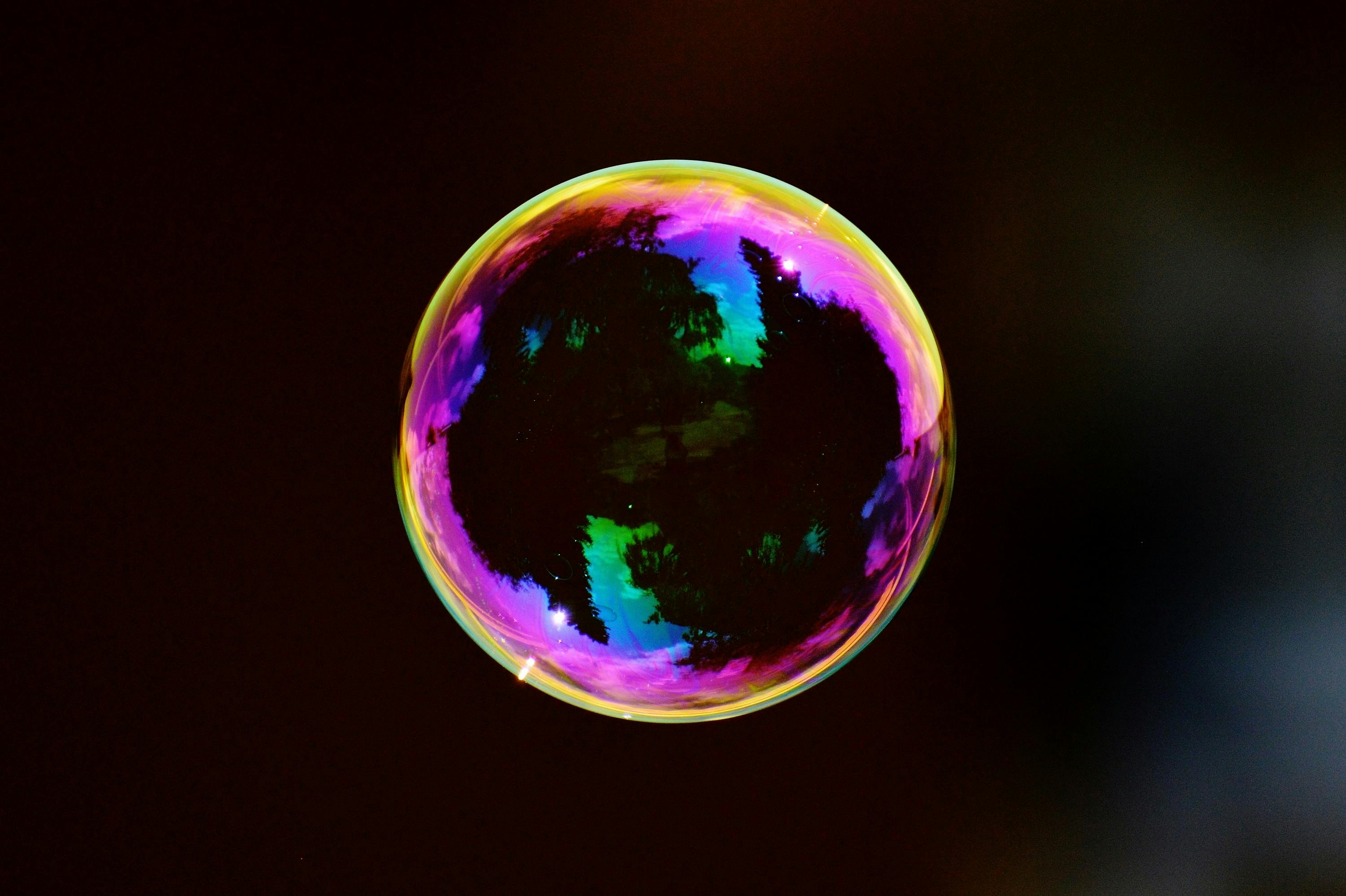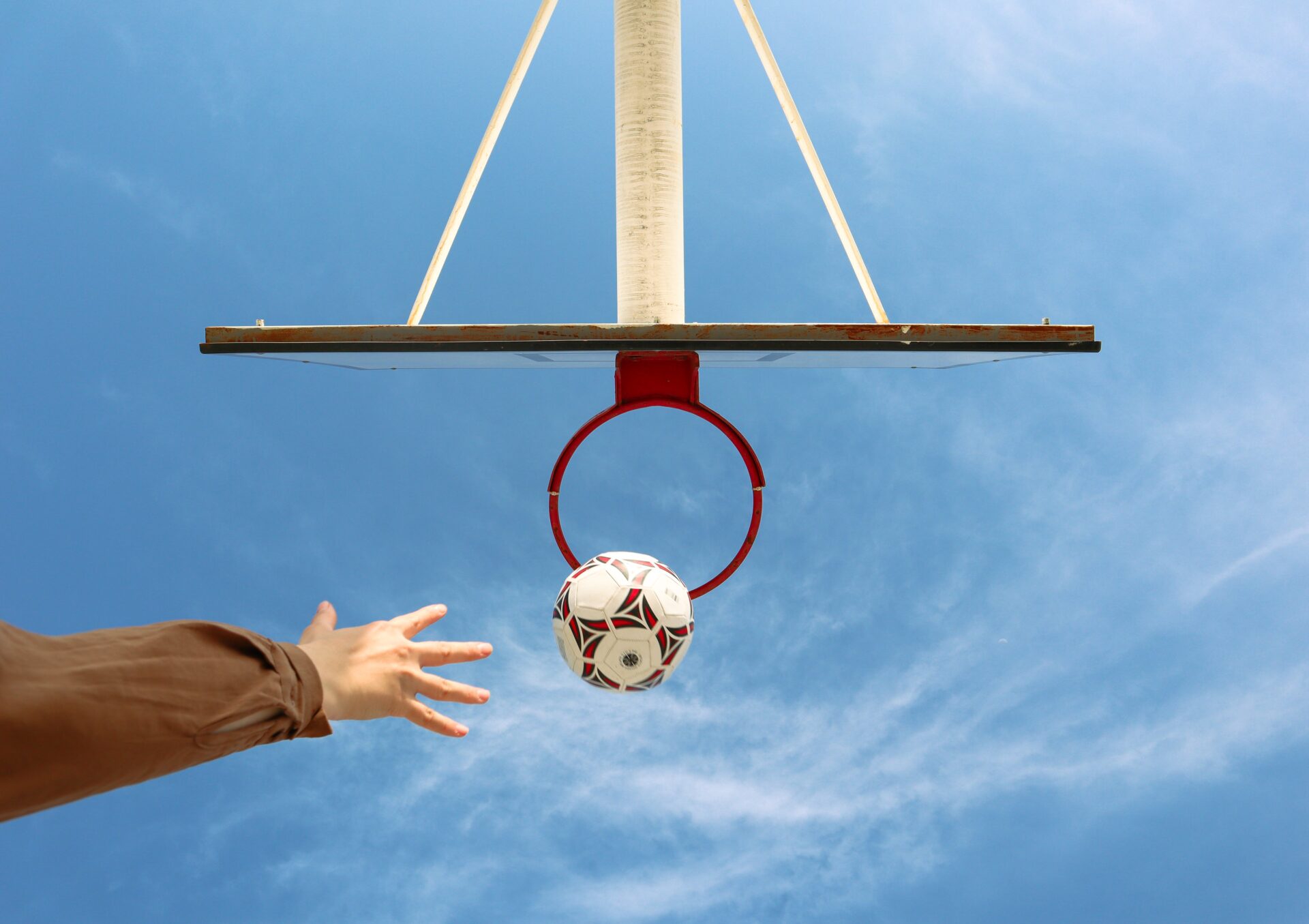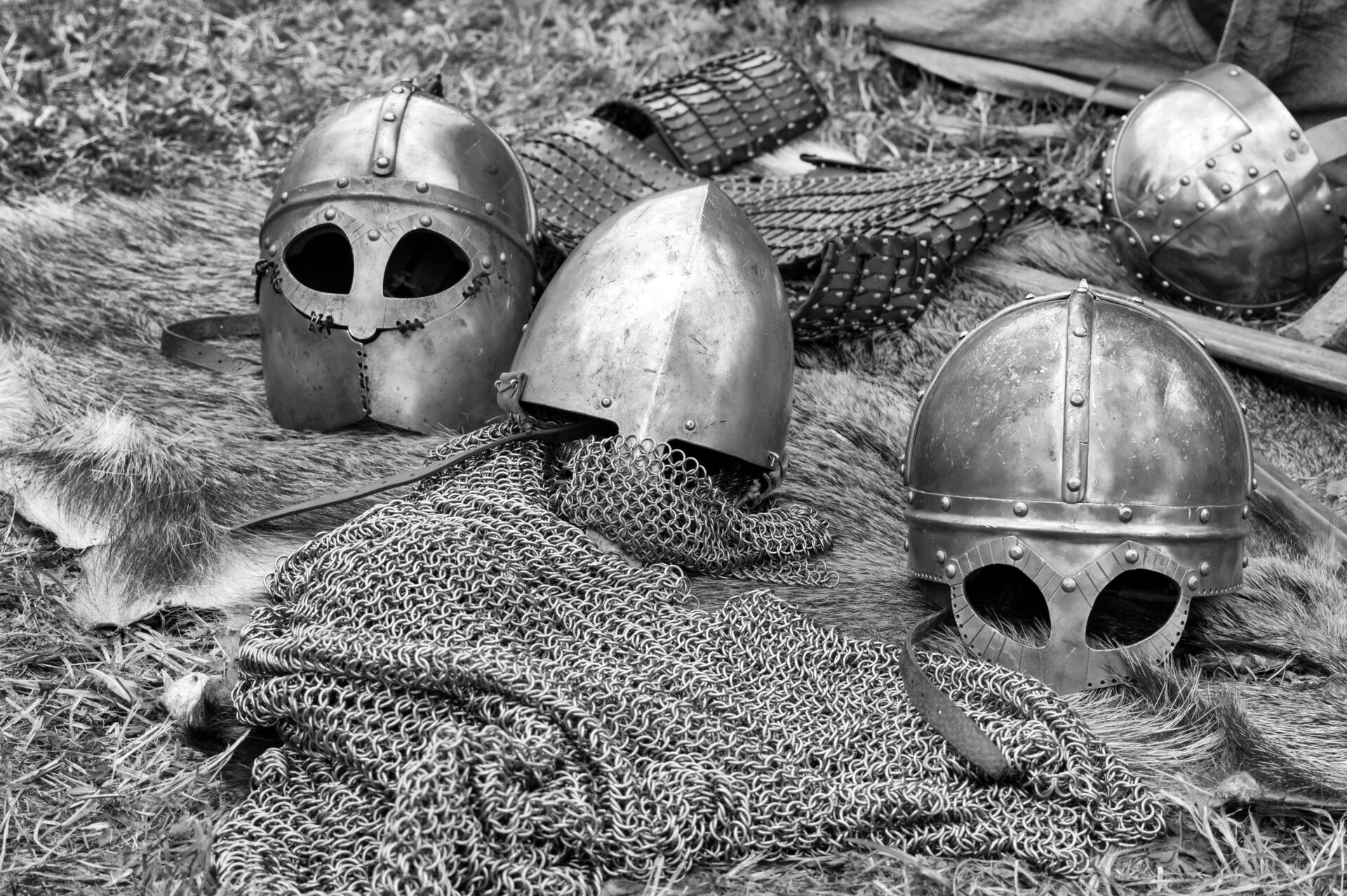Scuffing a wiffle ball is an important part of pitching in baseball. Scuffing your wiffle ball can help you to create more movement on the pitch, which can make it harder for the batter to hit the ball. In this article, we will discuss how to scuff a wiffle ball in order to achieve maximum spin and movement.A Wiffle Ball is a plastic, perforated, light-weight ball used for playing various versions of the game of baseball. It is designed to be thrown with little effort and travel farther than a standard baseball. The ball was invented by David N. Mullany in 1953 and is still popular today.
What Is Scuffing A Wiffle Ball?
Scuffing a wiffle ball is a technique used by pitchers to alter the trajectory of the ball when it is thrown. The process involves using a sharp object, such as a nail, to slightly rough up the surface of the wiffle ball. This causes air drag on the ball, which causes it to fly differently than if it were left unaltered. The different flight path can be used to fool batters and give pitchers an edge in certain situations.
When scuffing a wiffle ball, it is important to do so in a controlled manner. Too much scuffing can cause the ball to become too rough and difficult to grip, which can lead to erratic pitches. It is also important to remember that scuffing will not always guarantee success, as batters can often adjust their approach when they see an altered trajectory. However, when used correctly, scuffing can be a useful technique for pitchers who want an added advantage on the mound.
Scuffing a Wiffle Ball
Scuffing a wiffle ball can be beneficial, especially for pitchers. Scuffing the surface of the ball creates more drag, which decreases the velocity of a pitch and gives it a better break. This can make it difficult for batters to hit the ball accurately, resulting in more strikeouts. Additionally, scuffing a wiffle ball can also change its flight path and make it harder to predict its trajectory.
Scuffing a wiffle ball can also help pitchers control their pitches better. The increased drag from scuffing means that pitchers don’t have to put as much effort into throwing each pitch, allowing them to be more accurate with their placements. This can also help pitchers conserve energy over the course of a game by reducing the amount of effort necessary for each pitch.
Finally, scuffing a wiffle ball can also help improve batters’ skills in practice. By making it harder to hit the ball accurately, batters are forced to hone their skills and become better hitters in order to succeed against pitches with increased drag. This will ultimately improve their performance in actual games where they will face more challenging opponents and pitches than they do in practice.
Materials Needed For Scuffing A Wiffle Ball
Scuffing a wiffle ball is an important part of the game and requires some essential materials. The most important items are a wiffle ball, a scuffing tool, sandpaper and a container. The wiffle ball is the most obvious item needed for scuffing and can be purchased at any local sporting goods store or online. The scuffing tool can be anything from a fork, to scissors, to a nail file. Sandpaper is also needed in order to achieve the desired texture. Finally, you’ll need a container to hold the scuffed ball and any other materials used in the scuffing process. All of these materials are necessary for scuffing a wiffle ball correctly and will ensure that your game will be played with the highest quality balls possible.
Once all of the materials have been gathered, it’s time to begin the scuffing process. First off, you’ll need to place the wiffle ball in your container so that it can be easily accessed when needed. Next, you’ll use your chosen scuffing tool to create grooves in the surface of the ball by scraping it with quick strokes. This will help create more friction when thrown which will make it move faster through the air and spin more as it moves towards its target. After creating enough grooves in the surface of your wiffle ball, you can then take some sandpaper and rub down any areas that need more texture or evenness. Once you’ve finished this step, your wiffle ball should have an increased amount of spin and speed when thrown.
Scuffing a wiffle ball may seem like an intimidating task but with practice comes perfection! Having all of the necessary materials ahead of time will help make sure that game day runs smoothly without any last-minute trips to find forgotten items! So gather your materials today and start practicing so that come game day you can show off your newly-scuffed wiffle balls!
What is a Scuffed Wiffle Ball?
A scuffed wiffle ball is a modified version of the traditional plastic ball that is used in the game of wiffle ball. It is designed to have a rougher texture, which makes it easier to grip and throw, and also alters the trajectory of the ball when it is thrown. This can be an advantage for pitchers who are looking for more control over their pitches or batters who want to hit the ball further. Scuffing a wiffle ball can also make it harder for batters to hit, as it will move more erratically when thrown.
Step-by-Step Guide To Scuffing A Wiffle Ball
Scuffing a wiffle ball can be done with simple household items. The first step is to gather the materials you will need: sandpaper, scissors, masking tape, and a marker. Next, cut two strips of sandpaper about one-inch wide and four inches long. Then, use masking tape to secure one strip of sandpaper onto each side of the wiffle ball. Make sure that the sandpaper is securely attached so that it won’t come off during use. Finally, mark two dots on opposite sides of the wiffle ball using a marker so that you can keep track of which side has been scuffed and which has not yet been scuffed.
Once you have all your materials ready, it’s time to start scuffing your wiffle ball. Start by taking one strip of sandpaper and rubbing it against the surface of the wiffle ball in small circles until you create a rough texture on one side of the ball. Turn over the wiffle ball and repeat this process on the other side with your second strip of sandpaper. Continue this process until both sides are evenly scuffed and there are no smooth patches remaining.
Once both sides have been scuffed evenly, you’re ready to start playing! You can use your scuffed wiffle ball just like any other wiffle ball – just make sure that you take care not to remove any of the rough texture created by scuffing it! With practice, you should be able to get even more control over your pitches or increase how far your bat can hit with your newly scuffed wiffle ball!

Why You Should Scuff Your Wiffle Ball
Scuffing your Wiffle ball is one of the most important steps in making sure you get the best possible performance out of it. Scuffing helps to create an uneven surface on the ball, which can help with pitch movement and accuracy. When scuffing a Wiffle ball, you want to make sure that you are applying pressure evenly throughout the surface to ensure that all areas are scuffed properly. This is especially important when it comes to creating spin on pitches.
Scuffing can also help with creating more backspin on pitches, which can help give them more break and movement when they hit the plate. Scuffing your Wiffle ball will also help to improve its durability, as well as helping to prevent it from becoming too soft or too hard due to wear and tear. This will ensure that your Wiffle ball will last longer and stay in optimal condition for longer periods of time.
Overall, scuffing your Wiffle ball is a great way to get the most out of it and ensure that you are getting the best performance possible out of every pitch. It may take a bit of practice to get used to scuffing properly, but once you have mastered it, you will be able to throw better pitches with more accuracy and break than ever before!
Avoid Using Hard Objects To Scuff The Wiffle Ball
When scuffing a wiffle ball, it is important to avoid using hard objects, such as metal files or nail files. These objects may damage the ball’s plastic and cause it to become weakened and less durable. Instead, use soft materials such as a cotton cloth or a sponge to scuff the wiffle ball. This will help ensure that the ball maintains its shape and integrity.
Do Not Over Scuff The Ball
It is also important not to over scuff the wiffle ball. Scuffing the ball too much can make it difficult for pitchers to maintain control of their pitches. Additionally, over scuffing can cause the ball’s plastic to become too thin, which can lead to premature wear and tear. When scuffing a wiffle ball, stop after you have achieved the desired effect.
Do Not Use Sandpaper To Scuff The Ball
Using sandpaper to scuff a wiffle ball is not recommended. Sandpaper is an abrasive material that can easily cause damage to the plastic of the ball, making it weak and prone to breakage. Moreover, sandpaper may leave tiny particles on the surface of the ball that can interfere with its aerodynamics and affect its performance when thrown.
Avoid Substances That Can Stain The Ball
When scuffing a wiffle ball, try to avoid using substances that may stain or discolor the plastic of the ball. Such substances include hair dye, nail polish remover, alcohol-based cleaners or any other type of harsh chemical that may leave behind residue on the surface of the wiffle ball.
By taking these simple precautions while scuffing a wiffle ball, you can help ensure that your game runs smoothly without any issues related to poor quality balls or unexpected aerodynamic changes in flight due to improper preparation of your equipment.
Scuffing a Wiffle Ball
Scuffing a Wiffle ball is an important part of any game of baseball. Scuffing a ball helps to create more spin, which can help pitchers control the ball better and make it harder for batters to hit. Here are some tips for scuffing a Wiffle ball:
First, use an emery board or nail file to scuff the surface of the ball. Be sure not to use too much pressure or you may end up with uneven scuffs on the outside of the ball. This will make it more difficult to control the spin of the ball when pitching.
Second, once you’ve scuffed the surface, rub some dirt into it. This will help create even more spin when pitching and make it harder for batters to hit. You can also use sandpaper for this step if you’d like, but be sure not to use too much pressure or you may end up damaging the surface of the ball.
Third, take some tape and wrap it around your fingers tightly and rub it against the surface of the ball in a circular motion. This will help create more spin on the ball and make it harder for batters to hit. Be sure not to over do this step as too much tape can cause damage to your fingers, as well as damage to the surface of the ball.
Finally, once you’ve finished scuffing your Wiffle Ball, store it in a cool dry place away from direct sunlight. This will help ensure that your Wiffle Ball stays in good condition for future games and practices.

Conclusion
Scuffing a wiffle ball is an easy, but important technique used by professional pitchers. It can help you create more movement and spin on the ball and improve your pitching performance. In addition to the scuffing process described in this article, you should also practice throwing with different levels of force and different grip techniques to see which works best for you. With regular practice, you will be able to find the best way to scuff a wiffle ball and use it to your advantage in a game situation.
Scuffing a wiffle ball is a great way to improve your pitching performance. You can use it in combination with other techniques such as gripping and throwing with different levels of force so that you can get the most out of your pitching performance. With proper practice, you can learn how to scuff a wiffle ball and become an even better pitcher!




